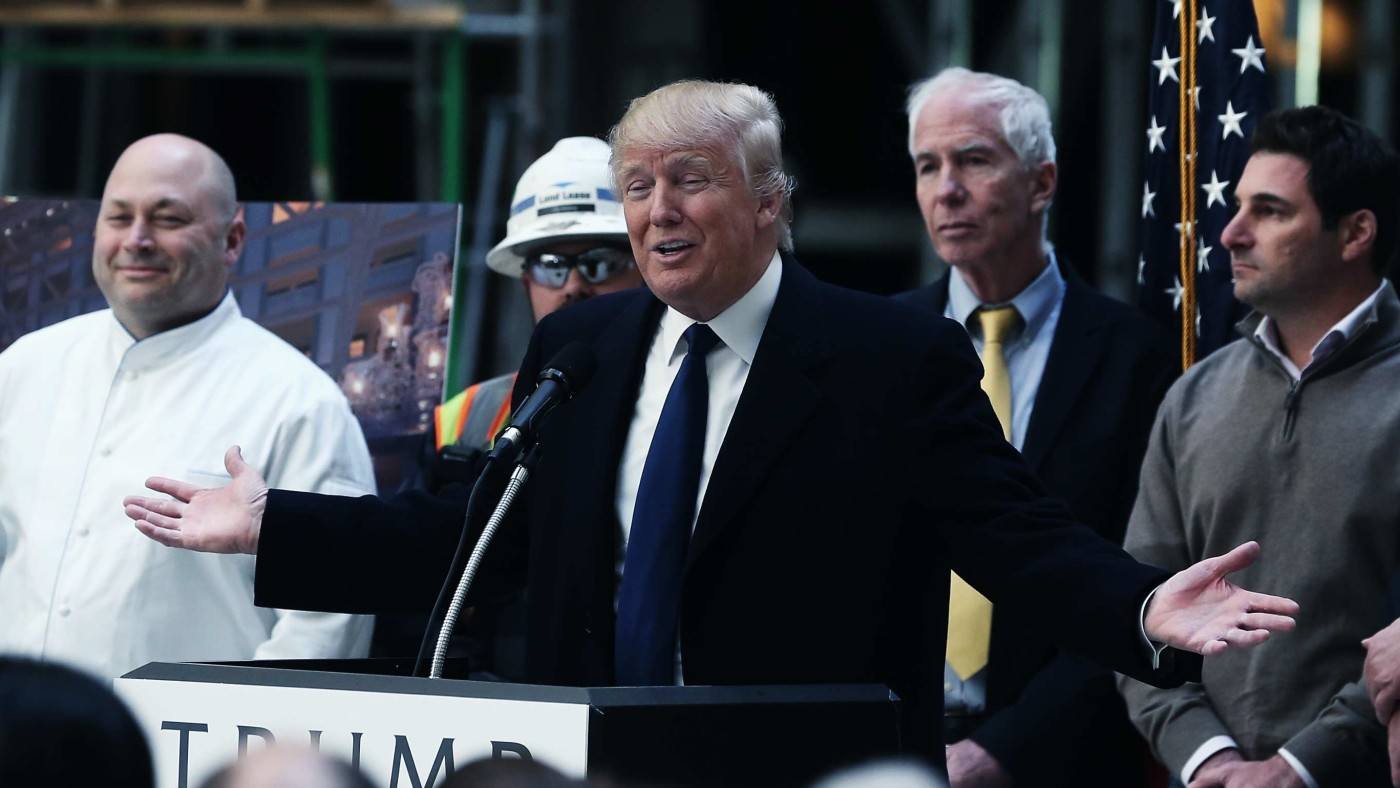Dozens of factors can explain the rise of Donald Trump, from lower workforce participation rates to billions in free media. Perhaps, however, the most explanatory factor for his relatively large share of votes and primary delegates is simply the voting system itself.
Trump, for months the plurality leader in the Republican primary race—the candidate with a larger share of the vote than any other candidate—has received 37% of the vote. With 63% of the non-Trump vote split between other candidates, Trump’s plurality has been enough to win most states, despite the fact that through 31 states, DC, and Puerto Rico, he hasn’t received over 50% of the vote in any of them. Throughout the primaries, there have been various takes on which non-Trump candidate should drop out to clear the way for other similar candidates.
This game theory doesn’t get at what causes this issue in the first place: first-past-the-post (FPTP) systems in which voters merely vote for their No. 1 candidate (assuming they aren’t employing strategic voting, which FPTP systems often necessitate). Trump may in fact be the No. 1 choice for 37% of GOP voters. But on whose ballot is he No. 2? Trump is an extremely polarizing figure. It’s likely that if he’s not first, he’s at the bottom. In fact, polls show Trump significantly loses head-to-head and would have likely lost many primary states he won if he were facing just one (any one!) challenger.
There’s an easy solution the GOP could employ in future primaries: Ranked order instant runoff voting ballots, also known as alternative vote. In such a system, voters rank their preferred candidates. If no candidate receives over 50% of first place votes, then all the ballots for the candidate with the fewest No. 1 votes are redistributed to whoever those ballots have listed as their No. 2. Then check again to see if a candidate is over 50%. Repeat this process of redistributing last place ballots to their next-preferred option until a candidate is over 50%. (This system is used in Australia, Ireland and for electing leaders of the UK parties. It’s also used at the Oscars to select Best Picture.)
Fair Vote, an organization that advocates for alternative vote systems, analyzed head-to-head polls of Republican voters and used them to simulate ranked order ballots, finding that under such a system, most Trump primary victories would have been overturned to other candidates.
There are some major benefits of alternative vote systems:
- Far more accurate representation of public preferences by encouraging a wider diversity of candidates to run without fear of “vote splitting” and also more accurate gauge of voters’ true preferences.
- Elimination of strategic voting (e.g. a John Kasich supporter voting for Ted Cruz merely because she believes Cruz has a better chance).
- Mitigation of negative campaigning, since there are greater rewards for being favorable among a wide group of voters. These also limits the advantage deep-pocketed candidates have in spending on negative ads.
- Elimination of inevitable two-candidate dominance, as a third candidate can no longer play spoiler to one of the other two.
Had such a system been in place from the start of the primaries (or even prior to that, in polling) it’s likely an extremist candidate such as Trump, who only appeals to a passionate minority of Republicans, would have languished in the polls early. While alternative vote systems are not without flaws (and there are even more optimal voting systems such as approval and range voting), they without a doubt are far superior to FPTP in ascertaining public preferences.
It’s not too late for the GOP to implement such a reform before the convention to prevent such a widely unpopular candidate from attaining its party’s nomination.


